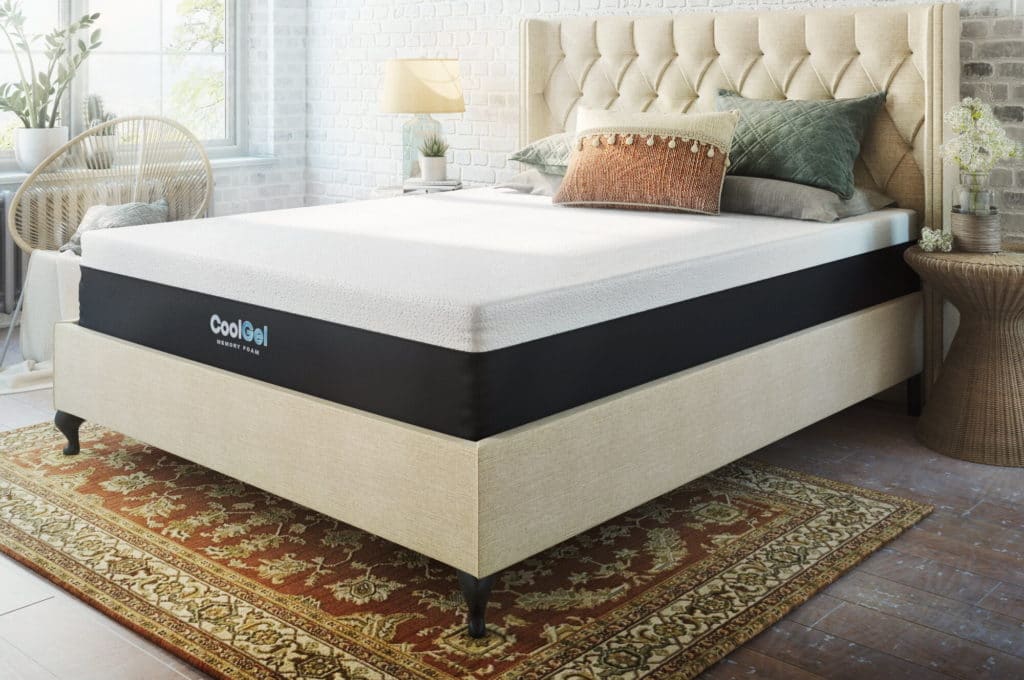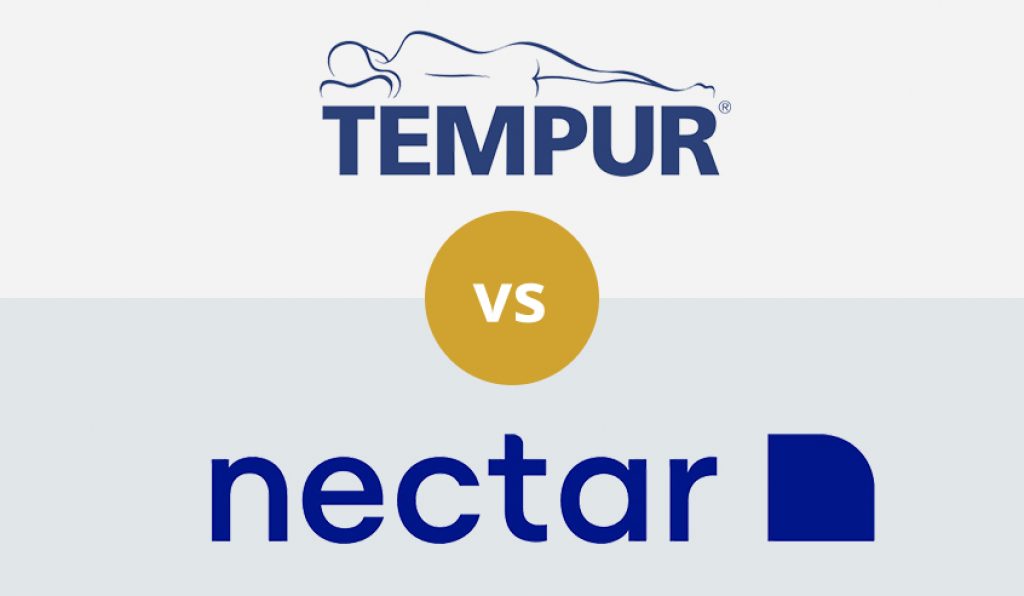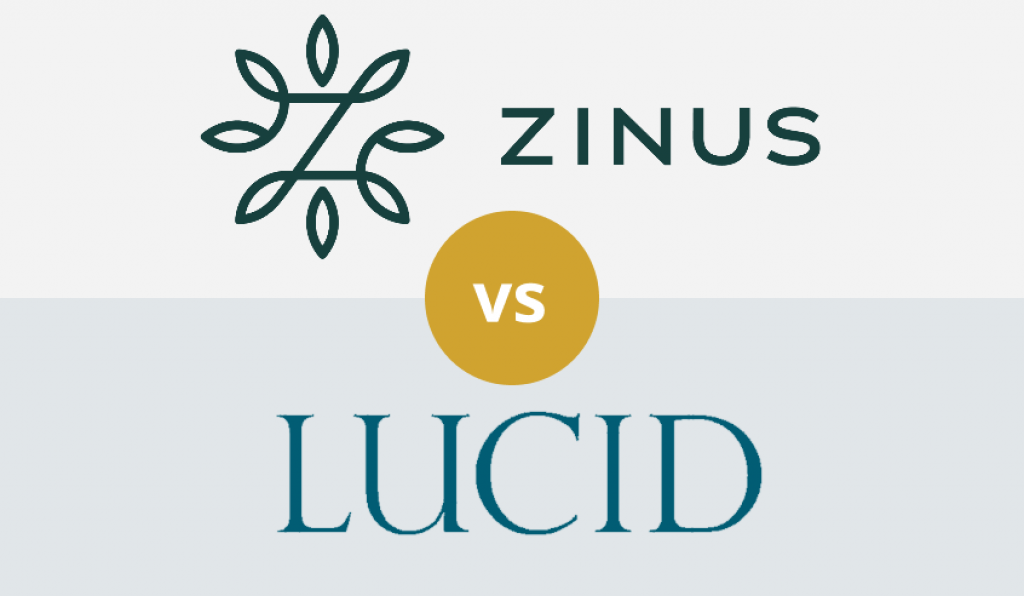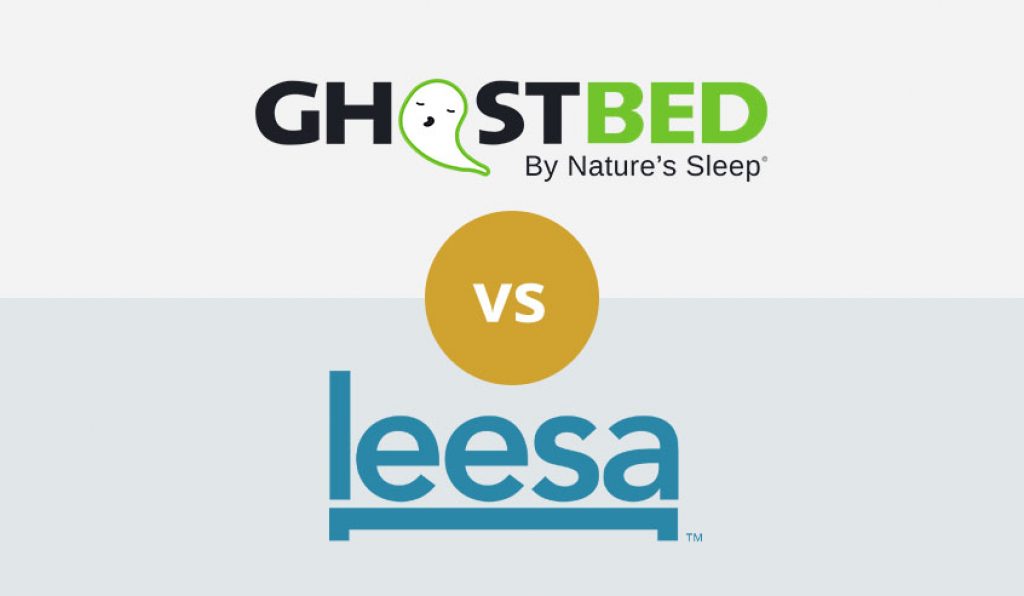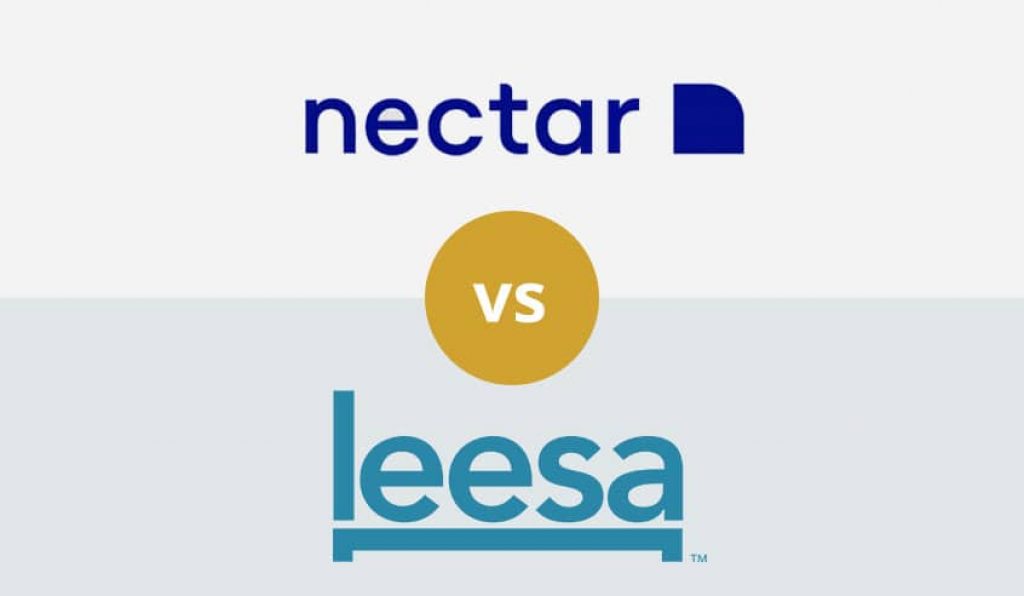

Despite the wonderful memories, dreams, and times you have with and on your mattress, you eventually have to get dispose of it. Most people wait until the end of the mattress’s lifespan to do something about it. Others simply choose to get rid of theirs because they require an upgrade or a change in their life.
Whatever the case learning how to dispose of a mattress comes first before you attempt anything. If you don’t, your old bed could end up as part of the eyesore landfills that cause irreversible damage to our environment. Additionally, doing it the wrong way could also lead to financial penalties depending on your location. So how should you dispose of a mattress? Learn about that in the sections below.
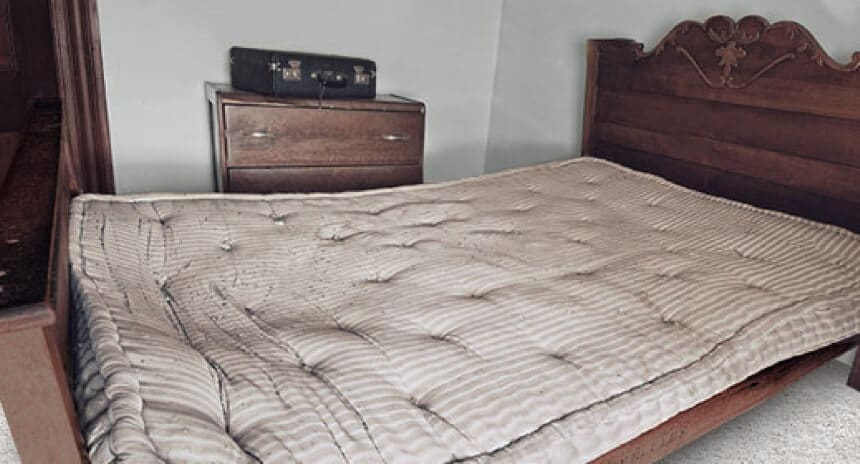
One sign that a mattress is in need of disposal and replacement is if it starts sagging. You might not see it when you’re making the bed in the morning, but you’ll definitely feel it as you lay there at night. The worst part is that you’ll probably wake up feeling achy and tired until you get a new one.
Another sign of a bed’s old age is the presence of lumps all over the surface. Consequently, you’ll feel both hard and soft spots on your bed. This can make your sleep incredibly uncomfortable, and if you sleep on it for long enough, an aching body is not out of the question.
Third, your bed may start to “hammock.” This means that where previously you could not feel your partner toss and turn on the other side of the bed, now it’s all you feel as you try to sleep. If this happens, it will no doubt affect how long you’re able to sleep and whether you feel rested by morning.
Also, the mark of a good spring mattress is that you don’t feel the coils under the surface. However, the older the mattress gets, the more you’re going to feel the coils until eventually, you can’t stand it any longer. This is caused by the deterioration of the layers of foam or other materials between the coils and the top of the bed. At that point, getting rid of the mattress is the only solution.
Rips and worn edges on the bed are telltale signs that the product is fast approaching the unusable end of its lifespan. The same is the case with weird smells and active allergies every time you wake up.
The last negative sign of a mattress that needs replacement is squeaking noises from the coils within the bed. Like hammocking, the quality of your sleep is significantly reduced when your bedroom is noisy. The noises may even wake you up a couple of times a night.
It’s generally recommended that you dispose of and replace your mattress every 8-10 years. Sometimes this period is shorter and sometimes longer. Memory foam mattresses seem to last the longest, and this can even be seen in their warranties. Winkbeds, for instance, remains a heavy hitter in the memory foam mattress industry, and their GravityLux mattress is proof since it comes with a “forever” warranty. Free shipping and returns provided with the purchase are also great incentives for buyers.
Notably, getting rid of beds while still in relatively good condition has proved easier for most people. Also, problems with your old mattress are not the only reasons to dispose of it. It could be perfectly fine and a joy to sleep on, and you might still have to dispose of it. One common scenario that leads to this is your partner is moving in with you, and as a result, you need a bigger, more comfortable bed.
Additionally, if you want a recently acquired large pet to get on the bed with you, a bed change might help make that a reality.
Now that you know most of the reasons you would need to get rid of your bed, the only part left is figuring out how to properly dispose of a mattress. There are several approaches to this, and your location is a big factor in most of them. For instance, how you dispose of a mattress in California is not the same way you would do it if you live in Minnesota. That said, here are the disposal options you should consider no matter where you live.
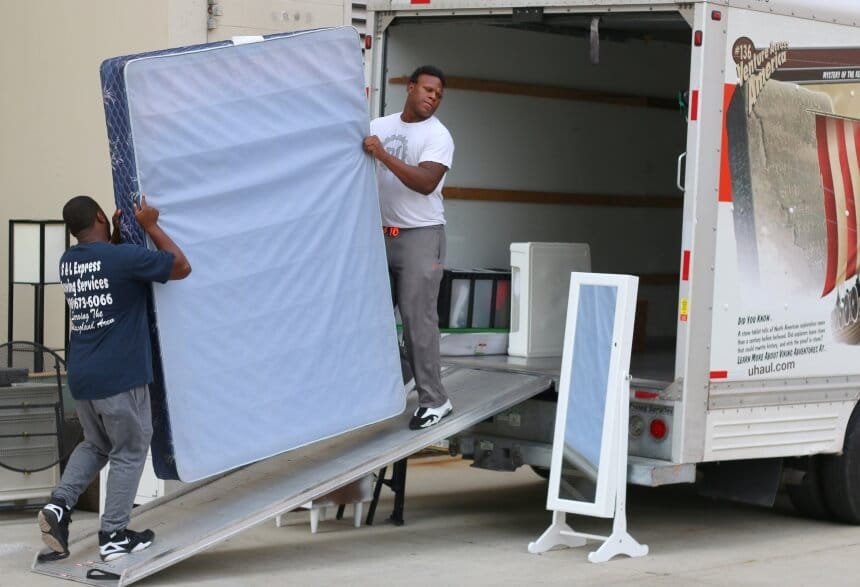
Most people can tell whether their bed is fit for donation or not by simply looking at it. However, for those who don’t, here are a few guidelines on what to look for.
We mentioned some of the signs of structural damage in a bed that you might see when it’s time to get rid of an old mattress. Some examples are lumps, hammocking, sagging sections, noisy springs, and more. These tell you that there may be broken or damaged coils or parts inside the bed. Also, since they make it near-impossible for you to sleep, they would do the same for the individuals you donate the mattress to. As such, don’t donate beds with structural damage.
Rips, tears, undone seams, and more are signs that the mattress is coming apart. They make the beds more prone to infestation by bugs and mold. Additionally, since they might be put on sale, nobody wants to pick a bed with gaping holes or claw marks, even if they’re getting it for a bargain.
The common mattress infestations include bed bugs and mold. If your old bed has any of these, you shouldn’t take them anywhere near a donation center. Remember that the bugs and mold spread quite easily, and they would quickly find their way onto other donated mattresses, products, and furniture. Consequently, you might end up ruining a whole batch of donated items that might’ve helped out people in need.
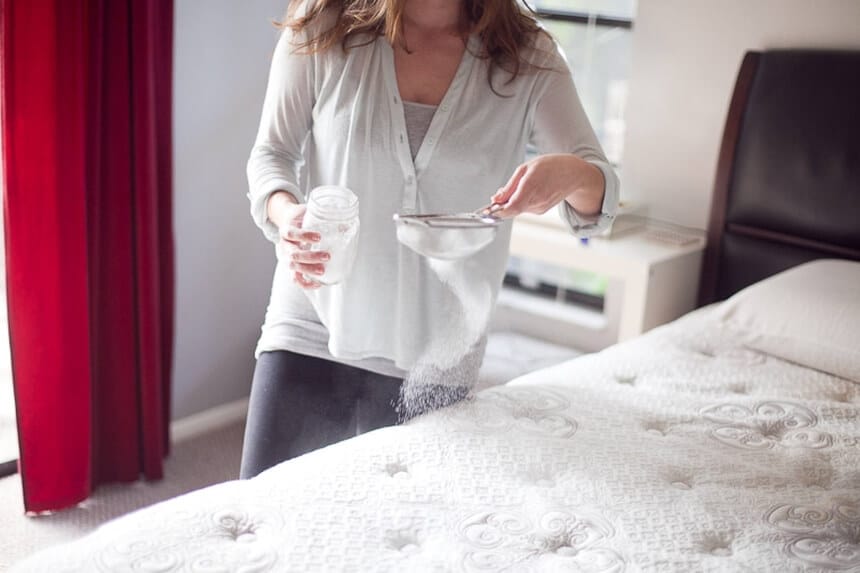
For the baking soda to be effective, you at least need to let it sit on the bed for a while before vacuuming. Also, try and get a third party to smell the mattress once you’re done with airing it out. Someone from outside your home will have a more objective sense of smell and can pick up odors that you might not be able to.
If the mattress ends up smelling fresh, it should be fit for donation.
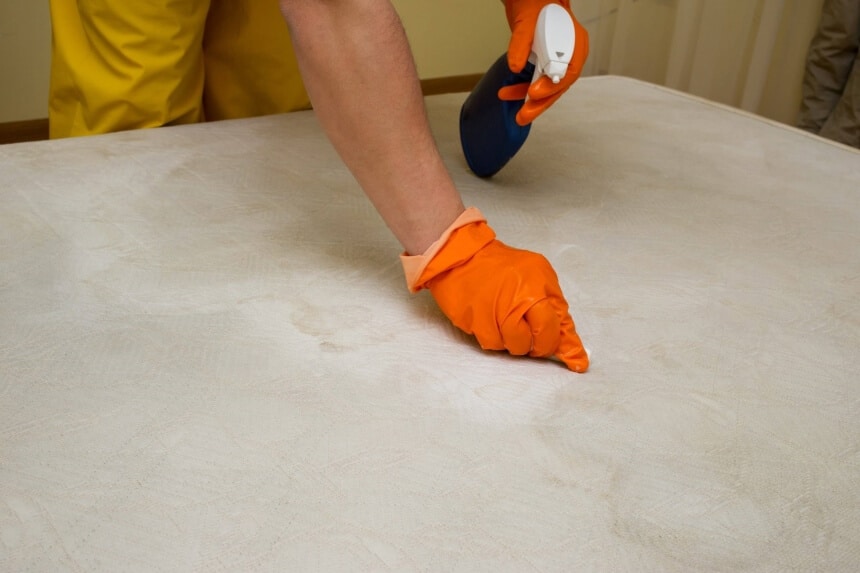
Fortunately, most stains are easy to eliminate, and there are various spot cleaning methods to do this. One example is a non-toxic enzyme cleaner. These are very effective at breaking down stains, and they’re available for cheap on Amazon as well as many other stores. The same is the case for a mixture of lemon juice and salt.
If the two stain removers mentioned above don’t work, you can try a mix of Hydrogen Peroxide, liquid dish soap, and baking soda. If you try all these and the stains persist, you might have to give up on mattress donation altogether.
Where to donate

There should also be a couple of local non-profits and organizations that can take the bed off your hands. However, they tend not to be well known, so you might need to work to find them. The “Donationtown” and “Unitedway” websites are two resources you can turn to since they have charity directories and can guide you to one in your local area.
If this doesn’t work, the local shelters in your area are another option. The local charities and shelters may be a bit more lenient in their standards, but you shouldn’t take advantage of them by submitting a mattress donation with problems.
Alternatively, you have national and multinational organizations that can take the beds off your hands. Examples include Goodwill, Catholic Charities, Habitat for Humanity, and the Furniture Bank Association of America. Goodwill and the Habitat for Humanity organizations operate thrift stores to sell your mattresses and other donated products.
It might seem like they’re in it for the profit, but they’re not. Goodwill takes the money from their thrift stores and uses it in job placement programs for individuals who find it hard to gain employment. The organization also provides education and training to these individuals to make finding jobs easier.
Habitat for Humanity, on the other hand, focuses on providing comfortable housing. As such, the money they get from their chain of thrift stores goes into building and rehabilitating affordable houses.
Admittedly, some of you might have reservations about donating your mattresses to the Catholic Charities due to their religious affiliations. However, their donations and programs they run are not limited to Christians. Instead, they help out people of all religious affiliations.
Finally, the Furniture Bank Association allows people living in poor communities to acquire furniture cheaply. The Catholic Charities and the Furniture Bank Association may provide pick-up for the mattresses you donate depending on how far you are from their locations.
As for the others, you may need to look for more information on their donation guidelines. A quick call should do the trick.
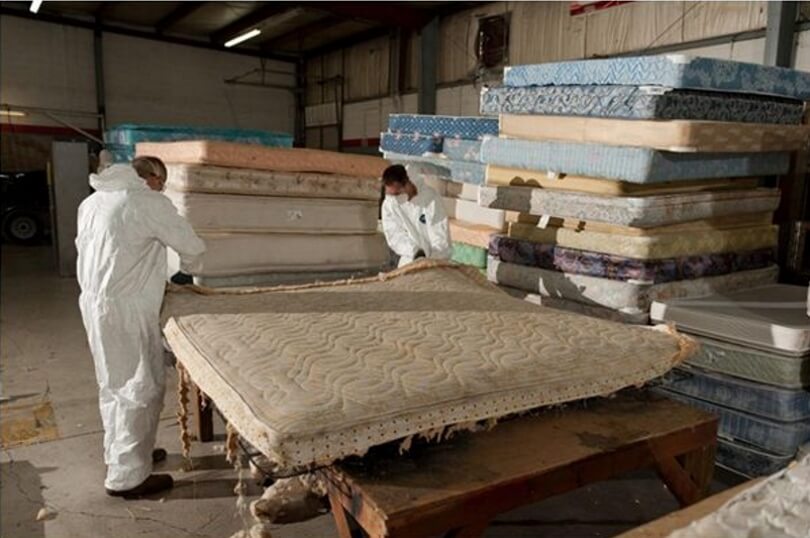
That said, recycling mattresses is heavily regulated in most cities and states, and you’ll have to be careful not to be on the wrong side of the law. However, if you’re aware of the regulations, then you’ll know how best to recycle your bed.
The easiest and most common option that people go for is local recycling centers. They either offer to pick up, or you can drive up and drop off the bed depending on your set of circumstances. There are quite a few of these recycling centers, and you can probably find one in your vicinity after searching online.
The ones that offer pick-up enlist the help of other companies, but you will be charged a small fee for the service. However, those living in California, Connecticut, and Rhode Island are in luck since the laws ensure they pay little to no money for having their mattresses picked up by local recyclers.
Also, those living in the three states mentioned above can find the recycling centers by logging onto the “bye bye mattress” website. Those living outside of the three states can turn to the “earth 911” database. However, the earth 911 resource offers information on all types of recycling centers, and you will need to check for those that accept mattresses.
If the two solutions mentioned above don’t sort you out, you can call your municipal offices. Since some of their departments deal specifically with trash and recycling matters, they might be able to guide you in terms of where to take the bed.
If for some reason, you can’t reach the municipal offices or they are no help, you can turn to the people who deal with disposing mattresses the most. These may include organizations such as hotels, hospitals, and more. These organizations will likely have longstanding relationships with mattress recycling centers and are in an excellent position to put you in contact with them.
For some of you, the recycling centers in your area do not accept whole mattresses. This doesn’t have to stop you from using their services. However, instead of trying to get them to take the whole bed, strip it down into the parts they’ll accept and take it to them. For example, if they have a metal recycling plant, take the springs out of the bed and offer them up for repurposing.
This leaves you with fewer components to worry about. You could even repurpose the bed yourself if you have the right tools at home. The wood can be added to your garden after it’s broken down, or you can use it as parts for a new piece of furniture in the home.
The sponges you get from memory foam, and hybrid mattresses are quite effective for your cleaning needs. If not, they work especially well for DIY projects such as pillows, seat cushions, or even a dog bed. Lastly, the metal coils make great ornaments and home décor pieces if you know how to shape them.
Ultimately a very limited number of you will come to a dead end regarding the mattress disposal methods mentioned above. This leaves you in a bind, but there is still the option of throwing the bed away. However, you can’t just do it the way you’re used to handling other trash. You need to be more careful.
Remember one mishap, and you could find yourself being fined for breaking the law. The first thing to do is research the proper procedure for mattress disposal in your area. You may find that you’re prohibited from putting it out on the curb on trash day.
Also, you can’t just pick the rules for mattress disposal for a different city and apply them to your situation. Oftentimes the rules vary in terms of when to put it outside as well as how to pack or seal it. You may even need to buy a particular type of trash bag for the bed.
Additionally, the service is unavailable in your area, and you need to find another way to get rid of the bed. A waste disposal service then comes in handy. These work to get rid of things that would normally not go into the trash, i.e., mattresses. That said, their services do come at a cost.
“Load Up,” for instance, is a junk removal service with wide reach since it’s available in all 50 states. Also, if you’re wondering how to dispose of a bedbug-infested mattress, the company doesn’t mind. You can look up their contacts online. “1-800-Got-Junk” is another service you can turn to when you’ve got no other alternatives.
One problem with “1-800-Got-Junk” is that mattresses with bed bugs are a no-go for them. Lastly, it seems some mattress manufacturers cover these kinds of scenarios in their warranties. This means that you may get a free mattress hauling service once you’re done with it. Others offer the service when you buy a new one. There are even those that provide additional benefits, such as discounts when you bring back an old mattress.
With so many people buying foam and spring mattresses, you would be forgiven for concluding that they are the only ones available. However, there are some more eco-friendly alternatives, such as the waterbed or the airbed.
At the very least, these two options won’t take as much space as the foam and spring alternatives if they somehow end up in a landfill. Also, they might be easier to get rid of once they’ve outlived their usefulness. The Strobel Organic is, according to reviews, one of the most popular waterbeds available, and the fact that it’s naturally fire-resistant does add to the perks of the purchase. The heater compatible bottom also means it could be a therapeutic bed if necessary.
Owing to advances in technology, the experience of sleeping on a water or airbed may also not be that different from what you get with other mattress types.
They transport the beds to recycling centers that may be out of range for you.
The problem of how to dispose of a mattress is easy to solve with the information given above. However, we emphasize that you need to do some research on laws regarding mattress disposal in your area. That way, you not only protect the environment with your disposal practices, but you also protect yourself from any legal ramifications.
